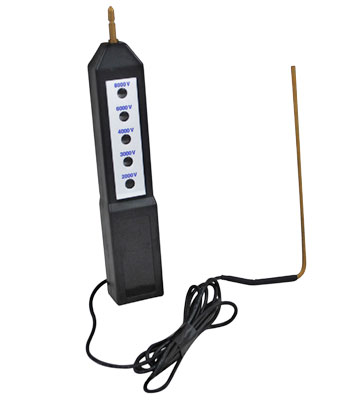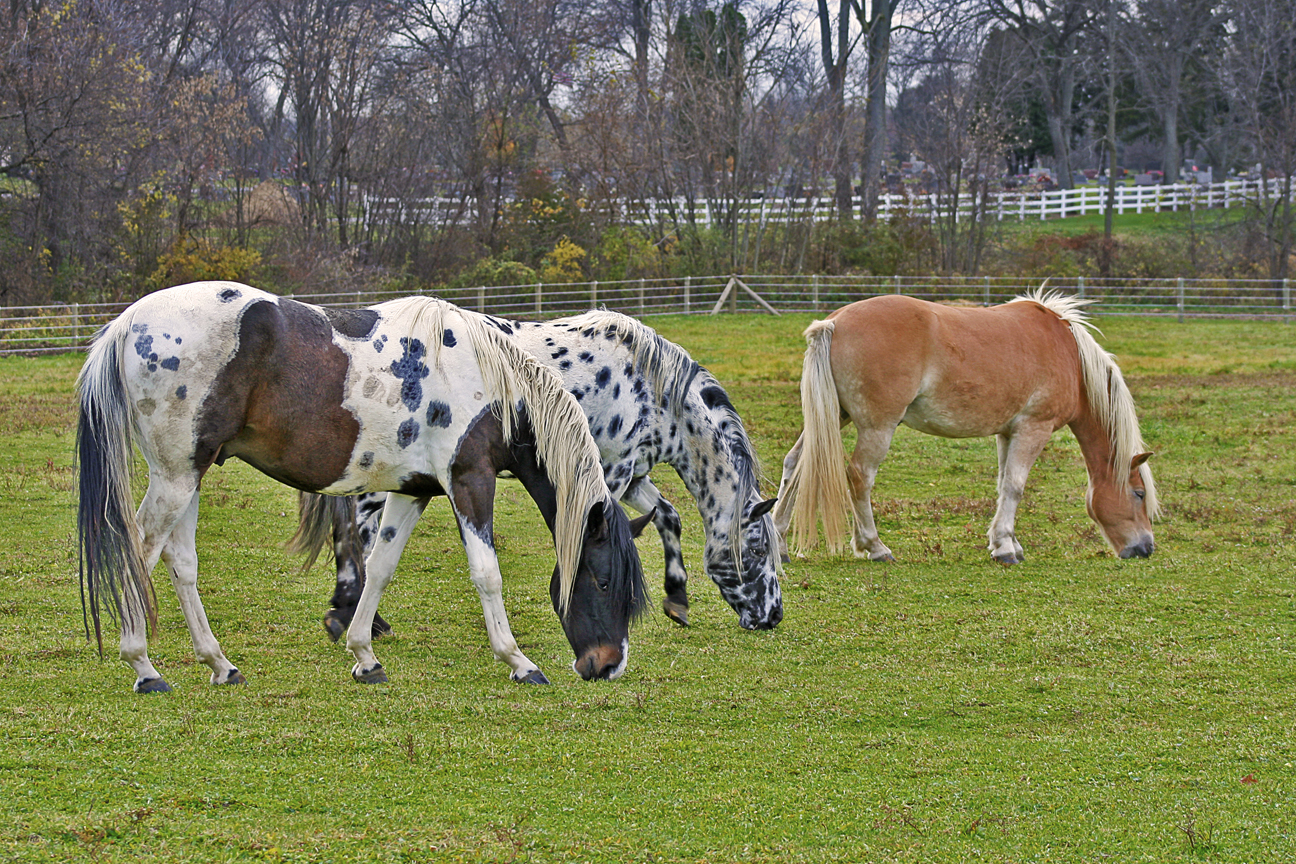Spring Horse Turnout

This winter wasn’t all that wintry in most areas of the country, but that doesn’t stop us from getting excited about the warm, sunny days to come. I know I can’t wait to see our horses kicking up their heels in the sun! This year, we created a Spring Checklist that will help ensure your horses stay healthy and injury-free. Let’s look at some of the things we should do before we kick up our heels.
1. Check wood fences for worn, loose, or splintered rails and replace if necessary. Look for protruding nails that have worked loose over the winter. Loose nails pose a serious threat of puncture injury.
2. Fix sagging gates. Remove rust and re-paint if necessary to extend the life of the gate. Check to be sure all gate latches are still functional and rust-free as well.
3. Test electric fences with a fence tester. If the charge is weak, look for downed limbs, branches, or other debris along the fence, all of which can short the charge. Trim grass and weeds along the perimeter of the fence for the same reason. Horses know that the grass really is greener on the other side of the fence! Our Haflinger can do an impressive limbo to get at those low-growing grasses.

4. Check tension fences. Some tension fences require so much torque that the posts can get a little wobbly. Check out Ramm’s new High Impact Flex Fence Series, offering innovative hardware that puts less torque on corner posts. That means less maintenance. And, let’s face it, wouldn’t we all rather be riding our horses? Ramm’s Flex Fence is saturated with UV and mold-inhibitors so there’s never any painting and very little cleaning! Finally, a tension fence that is practically maintenance free!
5. Introduce horses to grass slowly, to avoid the risk of founder (laminitis) and tummy upset. Hand-graze your horses for fifteen minutes to start and add another fifteen minutes for every day thereafter. Of course, this is dependent on the richness of the grass, the health history of your horse, and even the weather. Just a few days of rain, followed by glorious sun could send you back to square one. Keep horses off grass altogether after a frost. Remember, for all their grand size and presence, our horses have delicate digestive systems. Playing it safe makes good horse sense.
6. Use breakaway halters if you’re worried about your horses getting loose. We like nylon breakaways for their weather resistance and durability. These halters have leather crownpieces that ‘breakaway’ when under pressure. Alternatively, some field or breakaway halters are designed with a Velcro® strap on the cheek instead of the leather crownpiece. Both work equally as well.
7. Perform pasture maintenance. Re-seed if necessary before you turn horses out. Your county extension officer can help you choose a grass that is safe, hardy, and nutritious for your horses.
8. Feed your pasture with composted manure. Just two horses can produce enough manure in one year to fertilize one to one and a half acres of land. Manure is full of soil rich nutrients, but be aware that too much of a good thing can ruin your pasture. Never spread more manure than the plant life (your grass) can reasonably use. Spread manure when the pasture is dry and will be dry for a few days. Never spread in areas of high water tables or where runoff might effect wells or a public water supply.
9. Soil test. Your county extension agent can help you test the soil to determine exactly what nutrients your pasture needs to thrive. Given good planning and proper care, even small properties can support a grassy field to satisfy your horse’s desire to graze.
10. Rotate pastures. On larger properties, be sure to rotate pastures. Spring growth is abundant. Growth slows in the fall so adjust your rotation based on the season. Use sacrifice paddocks (dirt paddocks) on smaller properties to allow grass to recover.

11. Provide shelter in pastures and paddocks. Horses are happier and healthier when they spend the bulk of their time outside, but they do need adequate shelter. Run-in sheds give your horses a place to get out of the elements. Your run-in shed should be large enough to safely accommodate your horses. Place your run-in shed away from fences and gates, but in a well-drained location with the back wall against the prevailing wind. Always anchor the
shed to the ground. Strong winds can blow them over causing injury or worse. If you live in a rainy or cold climate, consider installing an eave over the front end to prevent water and ice buildup at the entrance. This year, Ramm Fence is offering sheds as well. We’d be happy to provide information for those who are interested.
12. Oh, one more thing...have fun!
Debbie Disbrow and freelance writer Karen Baril (www.karenbaril.com) have teamed up to write this article. If you have any comments, questions or ideas, we welcome them. Email us debbie@rammfence.com
